A Tapestry of Peaks: Unveiling the Majestic Mountains of South America
Related Articles: A Tapestry of Peaks: Unveiling the Majestic Mountains of South America
Introduction
With great pleasure, we will explore the intriguing topic related to A Tapestry of Peaks: Unveiling the Majestic Mountains of South America. Let’s weave interesting information and offer fresh perspectives to the readers.
Table of Content
A Tapestry of Peaks: Unveiling the Majestic Mountains of South America

South America, a continent renowned for its vast rainforests, sprawling savannas, and diverse ecosystems, is also home to a breathtaking panorama of majestic mountains. These towering peaks, sculpted by tectonic forces over millions of years, form a dramatic backdrop to the continent’s rich tapestry of landscapes and cultures. From the snow-capped giants of the Andes to the isolated peaks of the Guiana Shield, South America’s mountains hold a captivating allure, offering a glimpse into the continent’s geological history, biodiversity, and cultural heritage.
The Andes: A Backbone of Peaks
The Andes Mountains, the world’s longest mountain range, run the length of the western edge of South America, stretching over 7,000 kilometers from Venezuela to the southern tip of Chile. This formidable chain, born from the collision of the Nazca and South American tectonic plates, is a testament to the Earth’s dynamic processes.
The Andes are not a single, uniform range, but rather a complex system of parallel chains, plateaus, and valleys, each with its unique characteristics. The northern Andes, encompassing Venezuela, Colombia, and Ecuador, are characterized by a series of volcanic peaks, including the majestic Cotopaxi in Ecuador, one of the world’s highest active volcanoes.
Further south, the central Andes, traversing Peru, Bolivia, and northern Argentina, are dominated by high plateaus, known as altiplanos, and towering peaks, including the iconic Mount Aconcagua, the highest mountain outside of Asia, reaching a staggering 6,961 meters. This region is also home to the Salar de Uyuni, the world’s largest salt flat, a surreal expanse of white that reflects the sky like a mirror.
The southern Andes, encompassing Chile and Argentina, are marked by rugged peaks, glaciers, and fjords. This region is home to the Patagonian Ice Field, the world’s third largest ice sheet outside of the polar regions, and the Torres del Paine National Park, a breathtaking landscape of granite towers, turquoise lakes, and emerald forests.
Beyond the Andes: Other Mountain Ranges
While the Andes dominate the landscape, South America boasts other notable mountain ranges, each with its own unique charm and significance.
The Guiana Shield: This ancient plateau, located in northern South America, encompasses parts of Venezuela, Guyana, Suriname, and French Guiana. It is characterized by rolling hills and isolated mountains, including the Roraima Tepui, a flat-topped mountain that rises dramatically from the surrounding rainforest.
The Brazilian Highlands: Located in eastern Brazil, these highlands are a vast plateau with a diverse range of elevations, ranging from low rolling hills to isolated peaks. The Serra do Mar, a mountain range that runs along the Atlantic coast, is known for its dramatic cliffs and lush rainforests.
The Cordillera de la Costa: This mountain range runs parallel to the Andes along the Pacific coast of Venezuela, Colombia, and Ecuador. It is characterized by its lower elevation and coastal location, offering stunning views of the ocean.
The importance of South American Mountains
South America’s mountains play a critical role in the continent’s ecosystem, economy, and cultural heritage.
Biodiversity Hotspots: The mountains are home to a remarkable diversity of plant and animal life, including many endemic species found nowhere else in the world. The Andes, in particular, are considered a biodiversity hotspot, with a wide range of ecosystems, from high-altitude grasslands to cloud forests to glacial valleys.
Water Resources: The mountains are a vital source of water for millions of people, providing drinking water, irrigation, and hydroelectric power. Glaciers in the Andes act as natural reservoirs, storing water that flows downstream, sustaining communities and agriculture.
Economic Opportunities: The mountains offer a range of economic opportunities, including mining, tourism, and agriculture. The Andes, for example, are rich in mineral resources, including copper, gold, and silver. The stunning landscapes of the mountains also attract tourists from around the world, contributing to local economies.
Cultural Heritage: The mountains have played a significant role in the history and culture of South America. Indigenous communities have lived in the mountains for centuries, developing unique traditions and languages. The mountains are also a source of inspiration for artists, writers, and musicians, who draw on their beauty and grandeur to express their creativity.
Challenges and Threats
While South America’s mountains are a source of wonder and opportunity, they also face a number of challenges and threats.
Climate Change: Climate change is impacting the mountains in a variety of ways, including rising temperatures, melting glaciers, and changes in precipitation patterns. These changes are threatening the delicate ecosystems of the mountains and the livelihoods of the people who depend on them.
Deforestation: Deforestation is a growing problem in the mountains, particularly in the Andes. The clearing of forests for agriculture, mining, and logging is destroying habitats, contributing to soil erosion, and exacerbating climate change.
Pollution: Pollution from mining, agriculture, and industry is contaminating air, water, and soil in the mountains. This pollution is harming wildlife, threatening human health, and damaging ecosystems.
Overtourism: The growing popularity of tourism in the mountains is putting a strain on resources and infrastructure. Overcrowding, noise pollution, and the destruction of natural habitats are all threats to the mountains’ fragile ecosystems.
FAQs about South American Mountains
What are the highest mountains in South America?
The highest mountain in South America is Mount Aconcagua, located in the Andes Mountains of Argentina, with a summit elevation of 6,961 meters. Other notable high peaks include Ojos del Salado (6,893 meters), Llullaillaco (6,739 meters), and Mount Pissis (6,795 meters), all located in the Andes.
What are the most popular mountains for climbing in South America?
The Andes Mountains are renowned for their challenging and rewarding climbing opportunities. Popular destinations include Aconcagua, Cotopaxi, Chimborazo, and El Altar in Ecuador, Huascarán in Peru, and Cerro Torre in Patagonia.
What are the best national parks to visit in South American mountains?
South America is home to numerous national parks that offer spectacular views of the mountains. Some of the most popular include Torres del Paine National Park in Chile, Huascarán National Park in Peru, Parque Nacional Los Glaciares in Argentina, and Cotopaxi National Park in Ecuador.
What are the cultural influences of the mountains in South America?
The mountains have played a significant role in shaping the cultures of South America. Indigenous communities, such as the Quechua, Aymara, and Mapuche, have lived in the mountains for centuries, developing unique traditions, languages, and beliefs. The mountains are also a source of inspiration for artists, writers, and musicians, who draw on their beauty and grandeur to express their creativity.
What are the environmental challenges facing South American mountains?
South American mountains face a number of environmental challenges, including climate change, deforestation, pollution, and overtourism. Climate change is causing glaciers to melt, affecting water resources and ecosystems. Deforestation is destroying habitats and contributing to soil erosion. Pollution from mining, agriculture, and industry is contaminating air, water, and soil. Overcrowding and the destruction of natural habitats are threatening the mountains’ fragile ecosystems.
Tips for visiting South American mountains
Plan your trip carefully: Research the best time to visit, the necessary permits and equipment, and the potential risks and challenges.
Respect the environment: Leave no trace behind, pack out all trash, and avoid disturbing wildlife.
Be prepared for altitude: Acclimatize gradually to avoid altitude sickness.
Hire a local guide: A knowledgeable guide can enhance your experience and ensure your safety.
Support local communities: Purchase souvenirs from local artisans and stay in locally owned accommodations.
Conclusion
South America’s mountains are a testament to the Earth’s power and beauty. These towering peaks, sculpted by tectonic forces over millions of years, offer a glimpse into the continent’s geological history, biodiversity, and cultural heritage. From the snow-capped giants of the Andes to the isolated peaks of the Guiana Shield, these mountains are a source of wonder, inspiration, and opportunity. However, they also face a number of challenges, including climate change, deforestation, pollution, and overtourism. By understanding the importance of these mountains and taking steps to protect them, we can ensure that they continue to inspire and sustain generations to come.
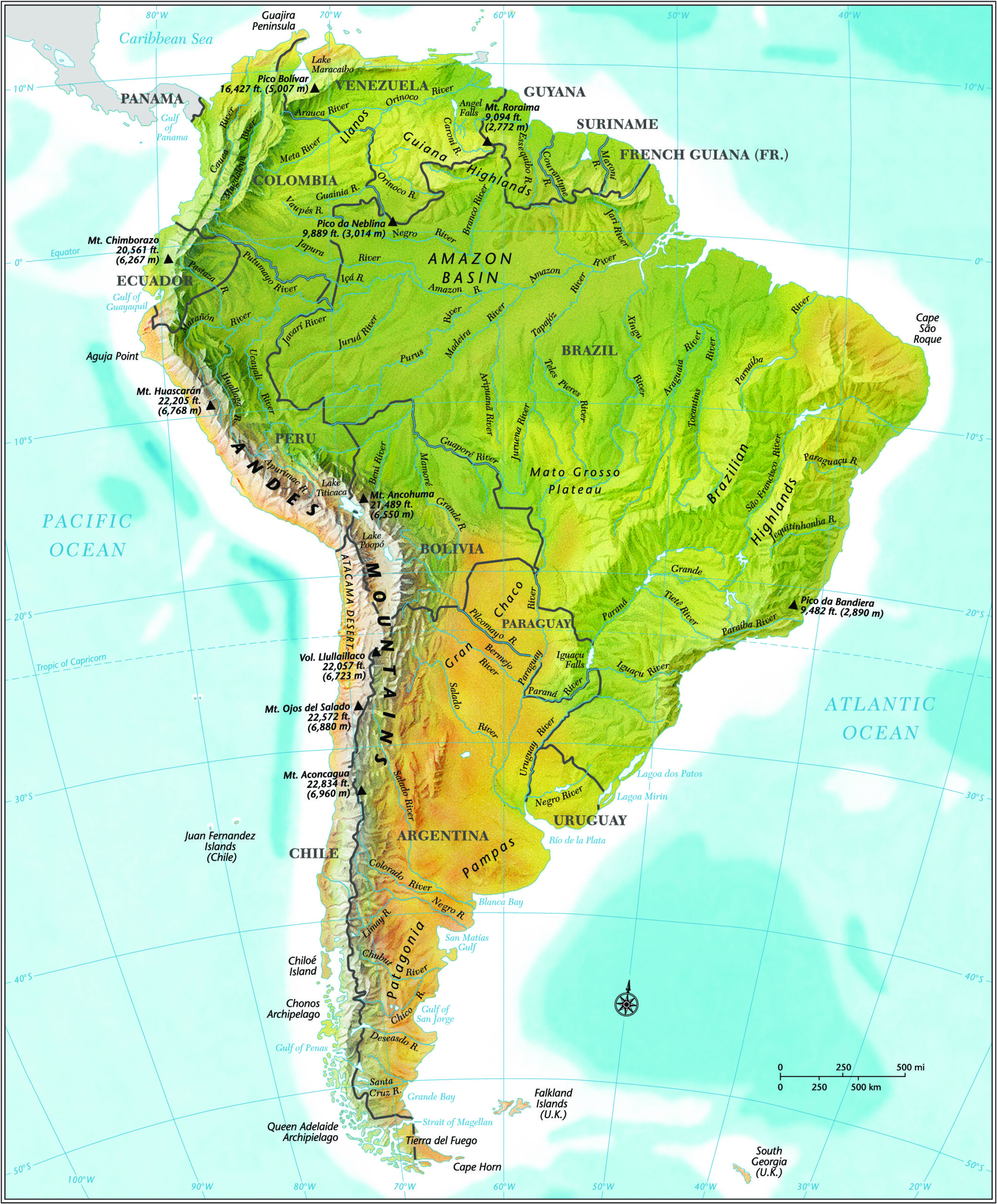
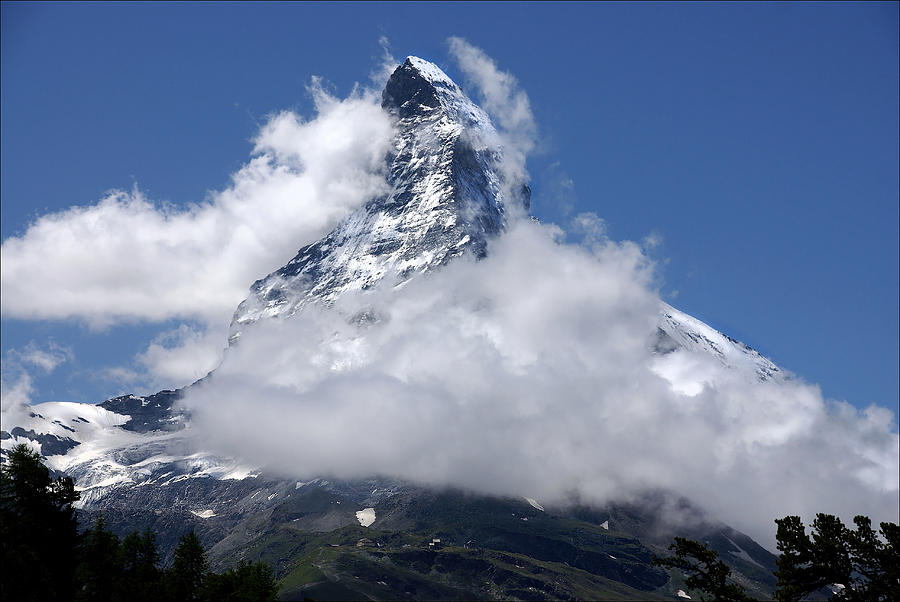
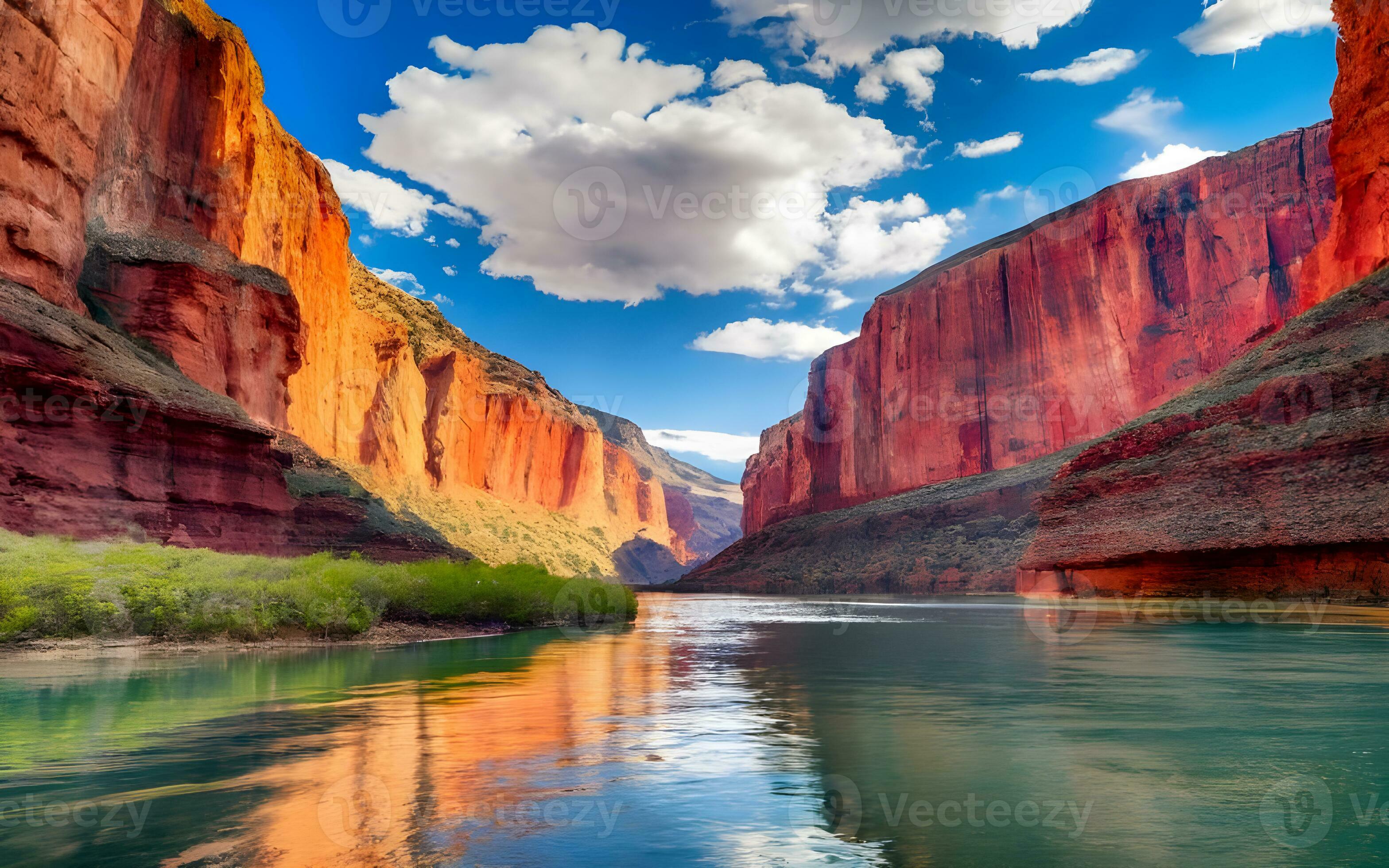
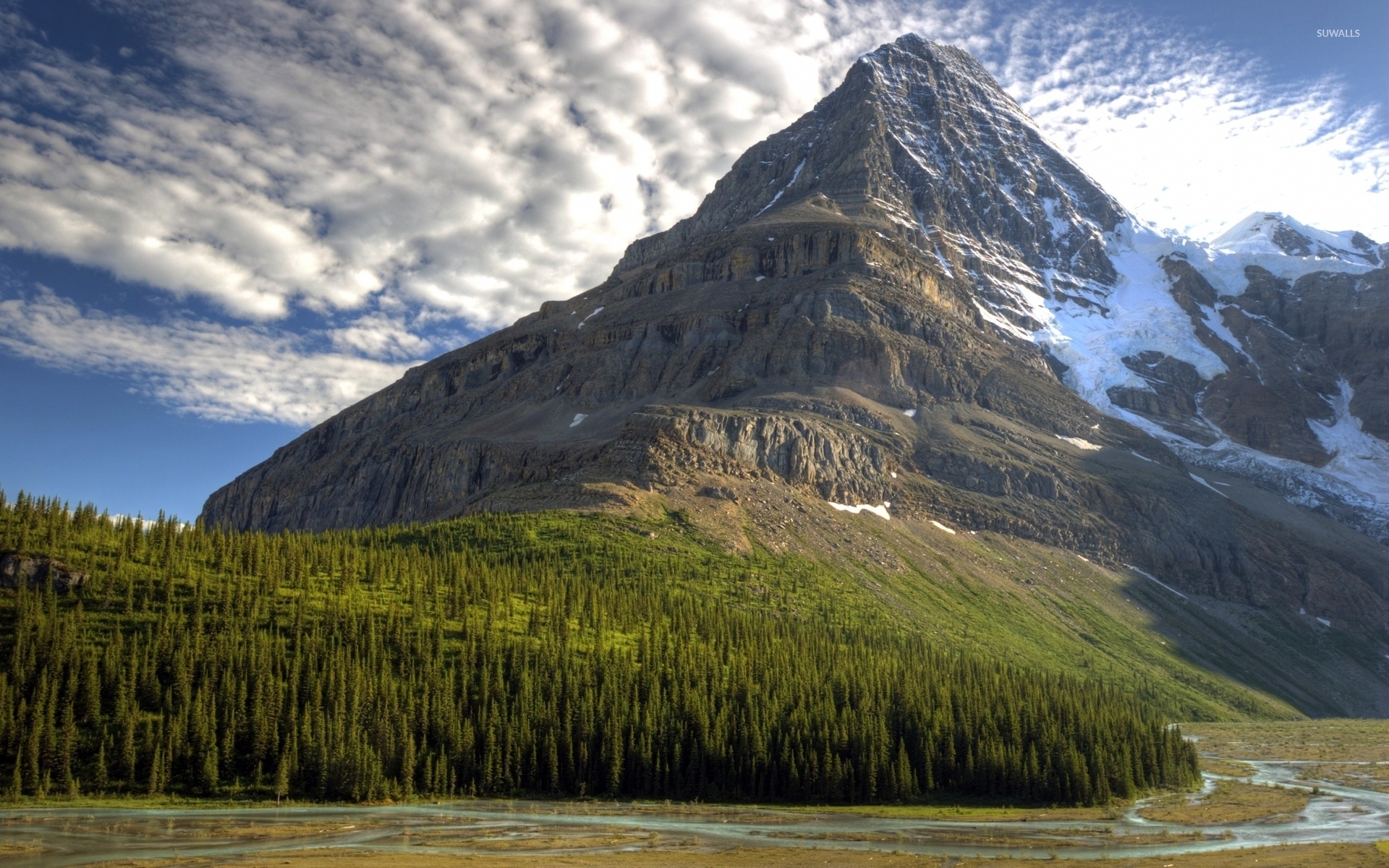
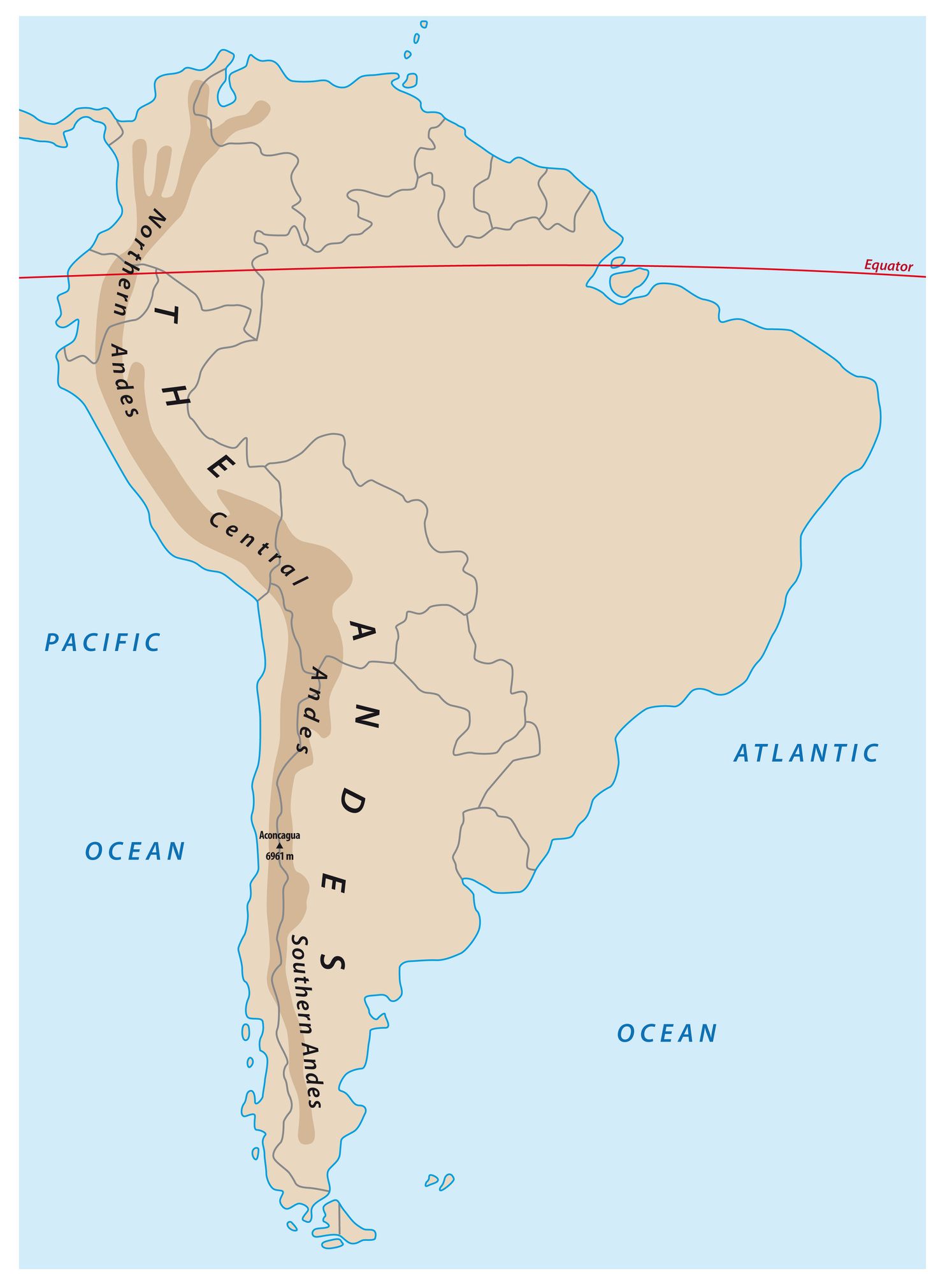



Closure
Thus, we hope this article has provided valuable insights into A Tapestry of Peaks: Unveiling the Majestic Mountains of South America. We appreciate your attention to our article. See you in our next article!